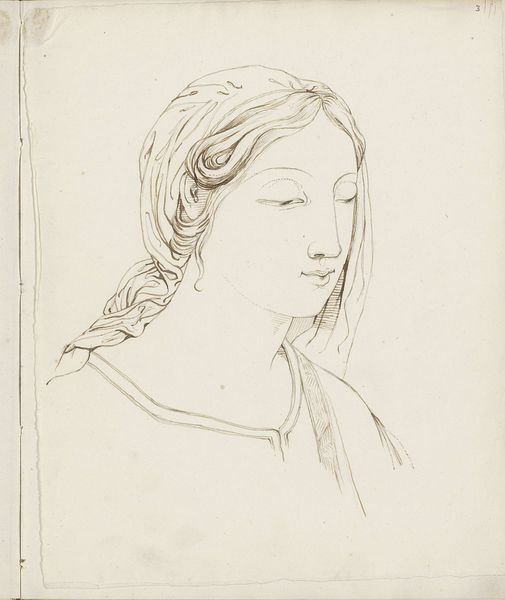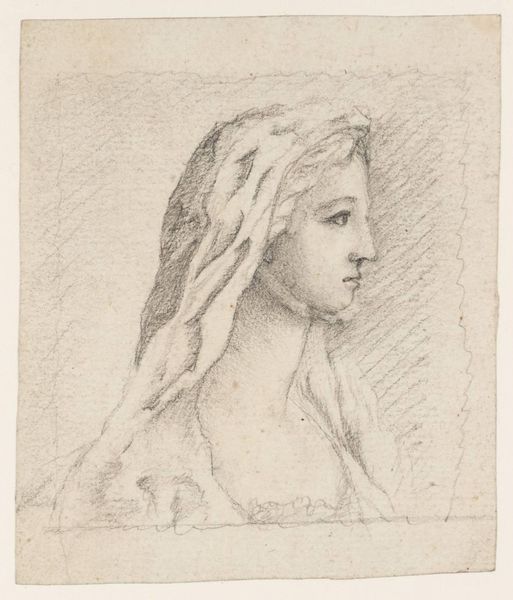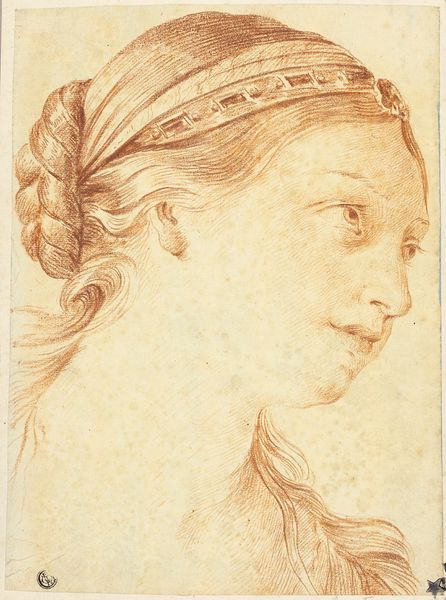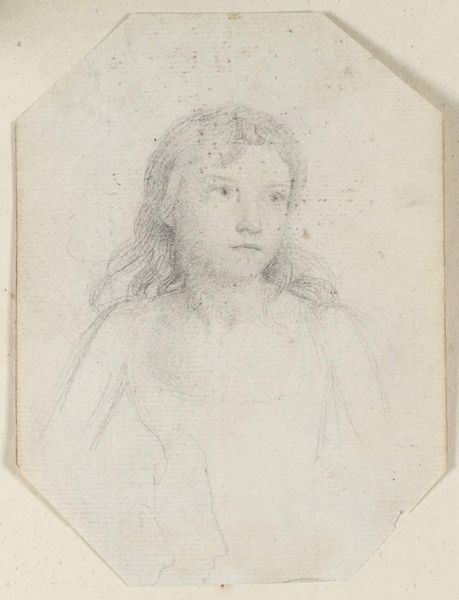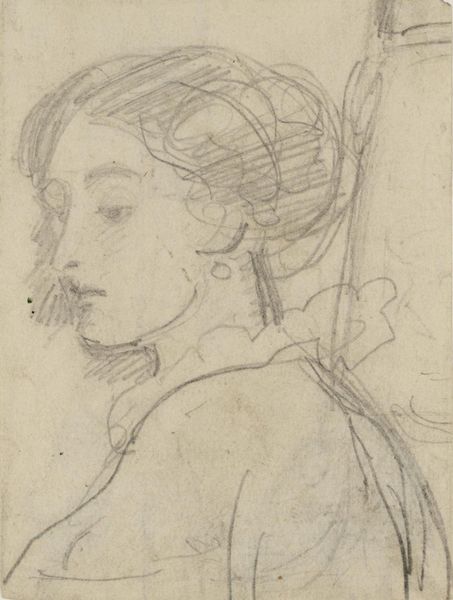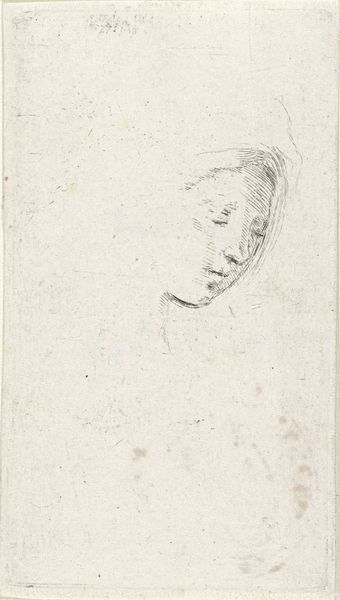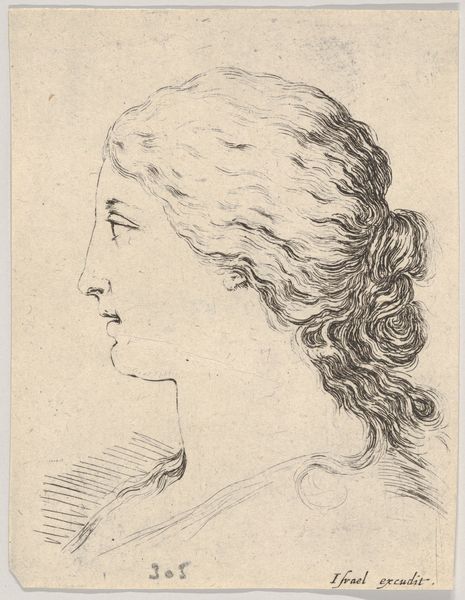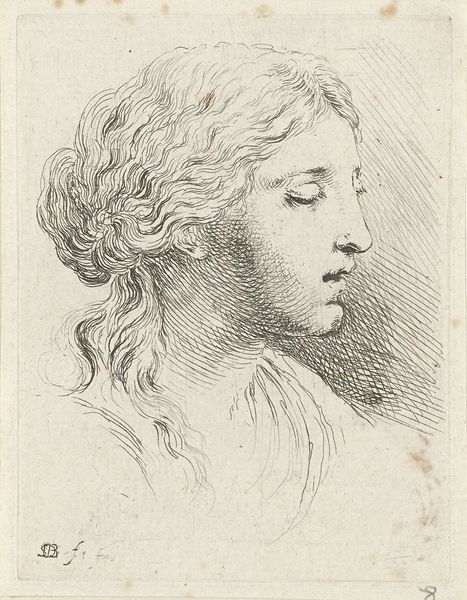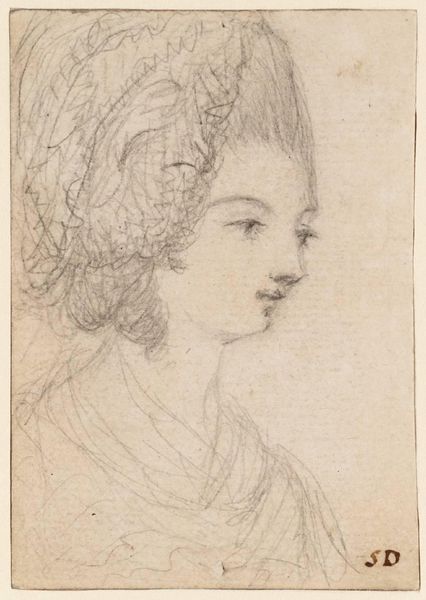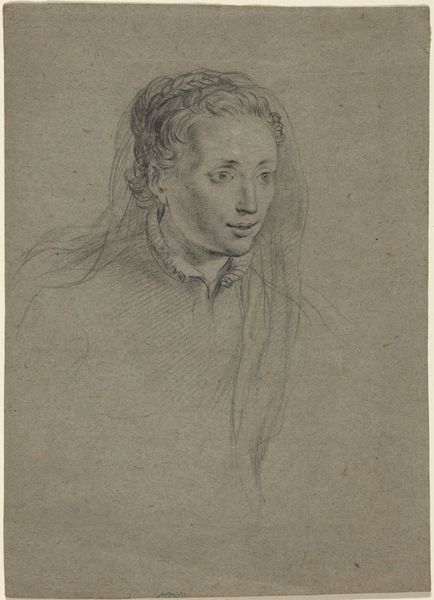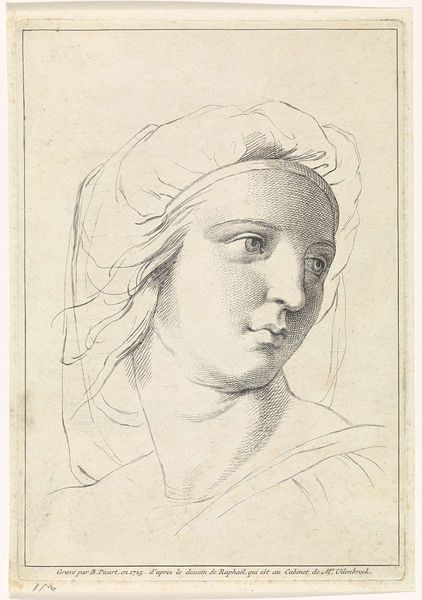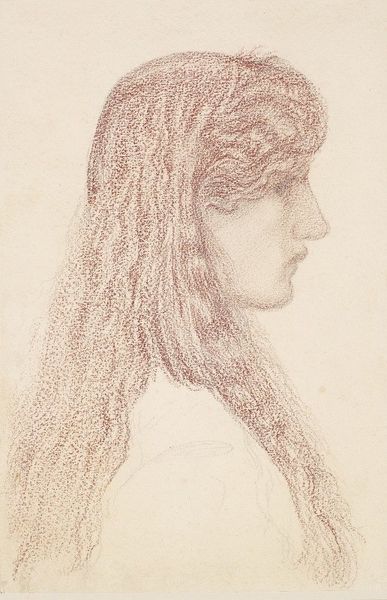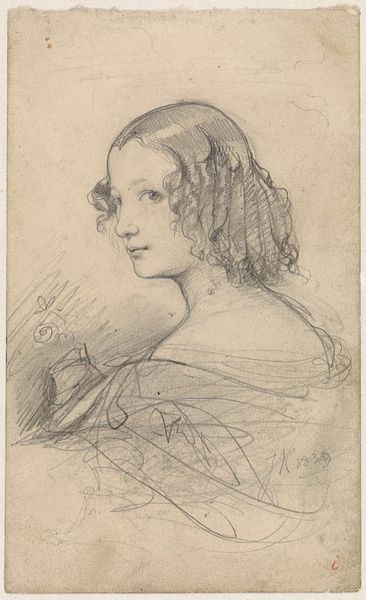
drawing, pastel
#
drawing
#
symbolism
#
portrait drawing
#
pastel
Copyright: Public Domain: Artvee
Curator: This is Odilon Redon's "Brunnhilde," created in 1894 using pastel and drawing techniques. Editor: It’s strikingly delicate. There’s a fragility, almost an ethereal quality to the execution. The texture alone makes me want to learn more. Curator: The choice of pastel is deliberate. Redon often favored mediums that allowed for nuance and a dreamlike haziness, perfectly capturing the Symbolist movement's fascination with interiority. This work needs to be contextualized, however. Editor: In what ways? Is the medium crucial, historically? Curator: Absolutely! Redon pushed the boundaries of what was considered "proper" art. The accessibility of drawing, especially compared to oil painting, allows for an intersectional look at how different groups engaged with art production and challenged traditional artistic hierarchies based on class and gender. Editor: Fascinating. Tell me about his choices as far as figure and landscape. Curator: The subject matter, Brunnhilde, as in the Wagnerian figure, reflects societal obsessions with myth, beauty, and the power of women—but also perhaps their confinement within patriarchal narratives. We need to interrogate who had access to representing figures like Brunnhilde and why. Editor: It brings the creation of art, the labor itself, into question, which I find compelling. It highlights the social act of representation. Redon is deliberately obscuring rather than rendering in detail. You can sense the artist's hand, the movement of the pastel. Curator: Right. Consider the historical context—this work emerged during a period of massive social and economic change. How did labor movements and evolving ideas about femininity shape not only the subject matter but also the very materials artists chose to employ? It shifts our understanding of “art.” Editor: I’m convinced. Examining “Brunnhilde” through material and sociohistorical lenses transforms it into a dialogue, a challenge to preconceived ideas about not just what we see, but why we see it. Curator: Indeed, we start with the artwork and arrive at its place in social history. Editor: The dialogue shows the connection between making and meaning—always relevant.
Comments
No comments
Be the first to comment and join the conversation on the ultimate creative platform.
